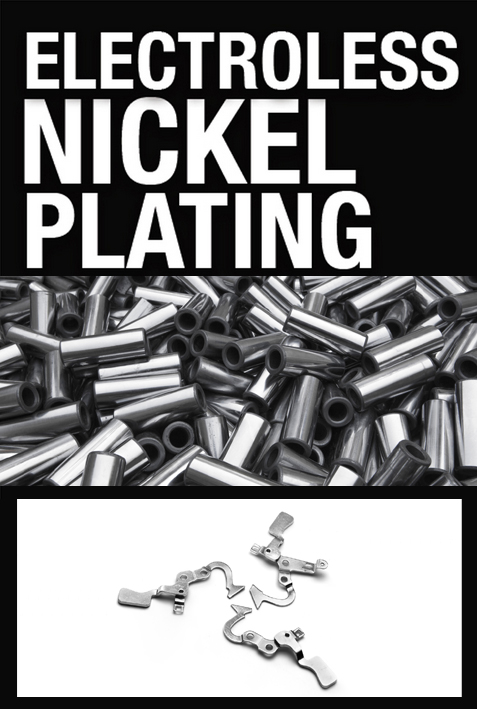One form of plating that is commonly used in many industrial applications is nickel
electroplating, which offers excellent corrosion protection and increases wear resistance.
However, electroless nickel plating solutions are often chosen as an alternative to nickel
electroplating. Unlike nickel electroplating, electroless nickel plating does not require the use
of an electric current to produce the desired reaction. Instead, the deposition of the nickel
metal occurs via autocatalytic reaction.
The advantages of electroless nickel plating solutions include:
- No need for an electric current, which can minimize utility bills
- Easier to achieve an even coating on parts
- Greater flexibility in terms of coating volume and thickness
- Automatic monitoring of chemical replenishment during the plating
process
- Ability to achieve various levels of finish brightness
By applying electroless nickel plating, you'll have peace of mind knowing that your parts will
last indefinitely in accordance to a proper engineering specification. You won't have to worry
any more about the rising cost of exotic metals and the burdening detriment of electroplating
that creates out-of-tolerance parts and lack of mechanical and environmental protection. The
risk of corrosion and wear will be abated.
ELECTROLESS NICKEL COATING PROCESS
Early experimentation of electroless nickel coating first occurred accidentally nearly a
century and a half ago. It wasn’t until the mid-1940s that it commanded any level of major
laboratory curiosity. Due to fast-moving innovation and exciting potential, the ensuing
decades saw a dramatic adaptation to the electroless nickel coating process in the metal
finishing industry. Today, various types of electroless nickel coating produce a nickel
phosphorus alloy coating commonly used in finishing everything from kitchen utensils and
bathroom fixtures to rotors, drive shafts and mechanical tools.

